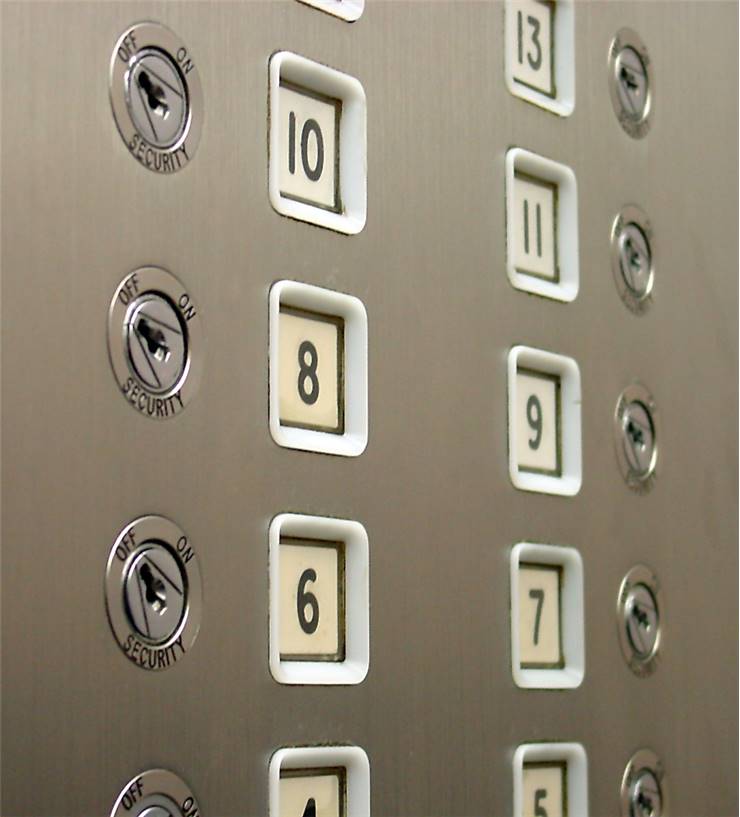Differences between Elevator Types
Over the years many types of elevators were made, with only small percentage intended for traditional passenger use. Elevators can be separated in two groups – by their use and by their hoist mechanisms.
Types of elevators:
- Passenger elevators – Designed to carry people between building floors. Their capacity is determined by the need of the specific building and it can vary between 5 and 25 people.
- Express elevators – They do not service all floors, but instead only selected parts of the building. Most notably they move passengers from the building lobby to the top floor/sky lobby.
- Urban transport elevators – They move passengers between several altitude potions, not inside a building but rather in open urban space. For example from bottom to the top of the hill.
- Freight elevators – Indented for transport of goods. Their carrying load can vary between 2000 to 4500 kilograms. Most often their source of power are electric engines.
- Stage elevators – They are often used in theaters to lift the entire stage filled with musicians and performers to the main level. They are often powered by hydraulics and their lift distance is limited to one or two building levels.
- Vehicle elevators – They are used in to transfer cars in parking garages or manufacturing buildings. Some of them rotate during their ascent or descent to ensure that driver only needs to drive forward when exiting.
- Boat elevators – It some smaller river sections canal crossings can be equipped with boat elevators that will lift entire sections of the water and bridge two differing water levels.
- Aircraft elevators – Often used on aircraft carriers, they transport vehicles and goods from the internal hangars to the flight deck. They are designed to lift far greater weights then normal freight elevators, sometimes up to 90 tons.
- Residential elevators – Used to transfer people inside one house or multistory mansion.
- Elevators for handicapped people – Specially designed elevators that are used only for the people in wheelchairs.
- Dumbwaiter – Small elevators that are used to transport food and other kitchen materials between several building levels. They are often used in hotels, restaurants and cruise ships.
- Paternoster – Special kind of elevator that uses the principle of revolving cabins. On one rotating chain is set several traveling cabins that are in constant motion.
- Scissor lift – This is a special kind of mobile elevator that is contracted for temporary access of people and equipment in inaccessible work areas (maintenance, construction).
- Belt elevator – Used to transport material over inclined planes. Conveyor belt is equipped with lot of transport boxes that transport material from one place to another.

Types of elevator hoist mechanisms
- Traction elevators – They use AC or DC motors who power gears that move elevator by rolling its steel hoists ropes over a drive sheave. Today they are powering majority of modern passenger elevators, with ability to move its cabin over great distances at speed of 2.5 meters per second.
- Hydraulic elevators – They are used to transfer cabin on short distances (maximum of 6 to 8 floors, more with Roped hydraulic type) with slow speed of 1 meter per second. They are well suited for lifting heavy weights.
- Climbing elevator – They hold their own power device on them, mostly electric or combustion engine. Climbing elevators are often used in work and construction areas.

